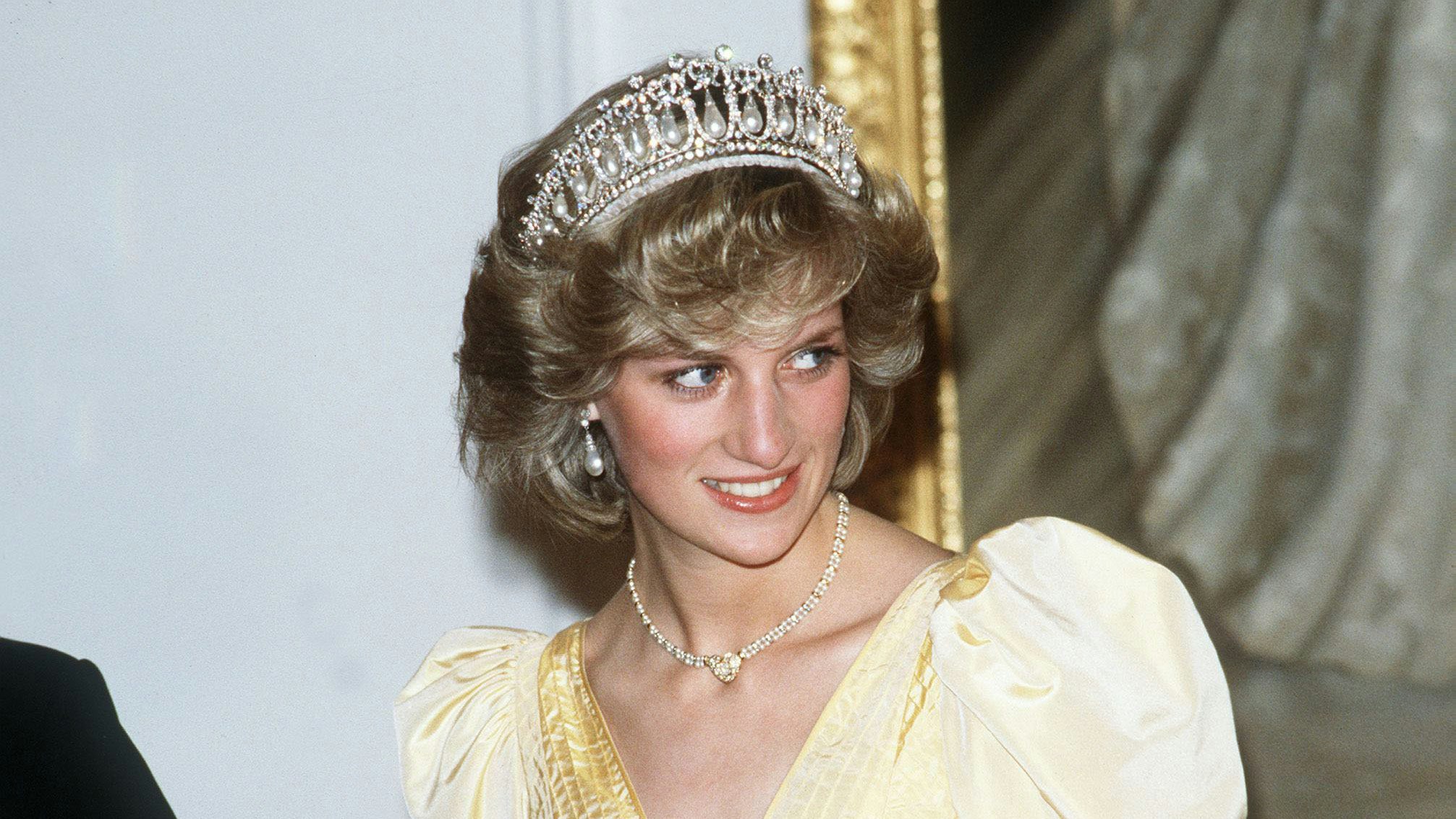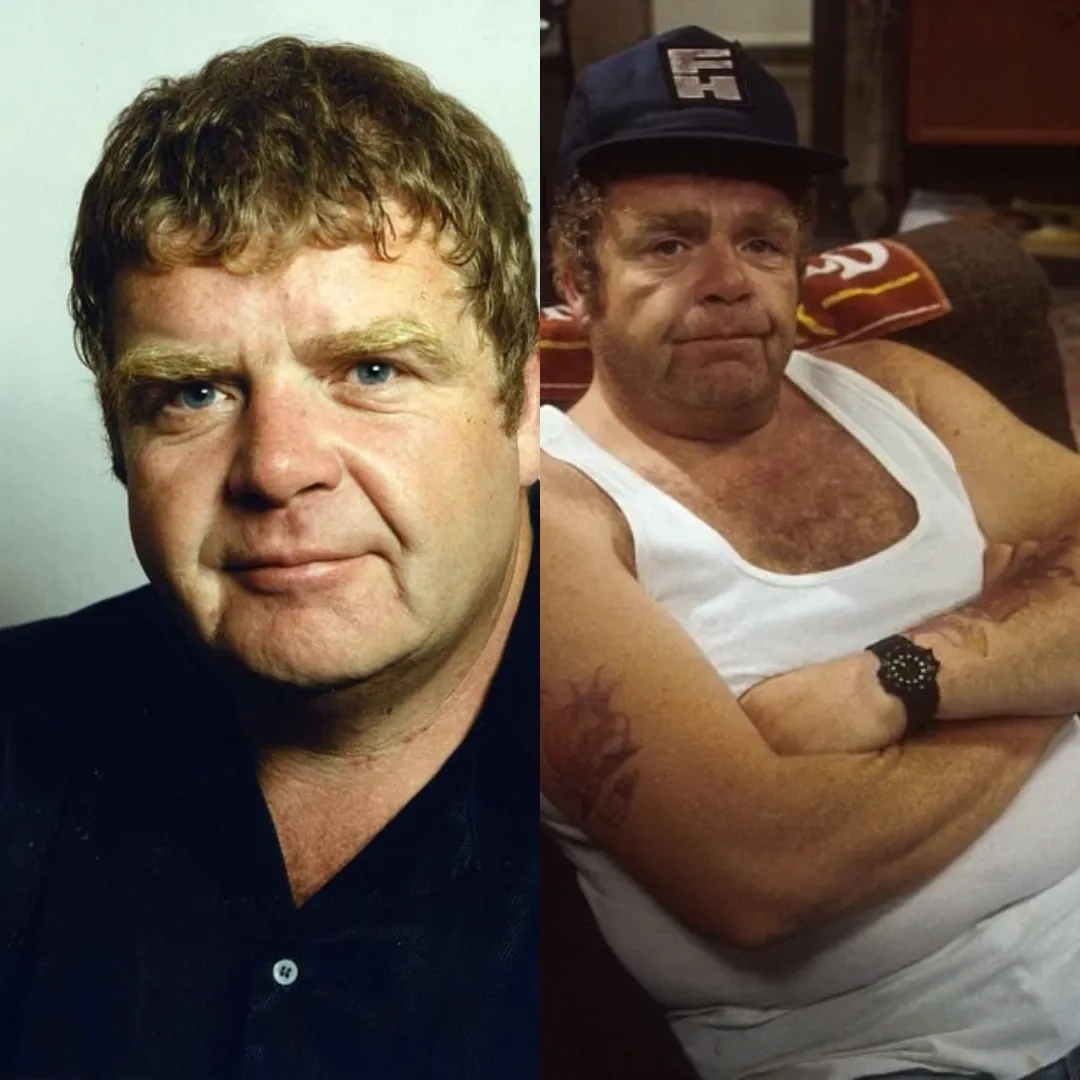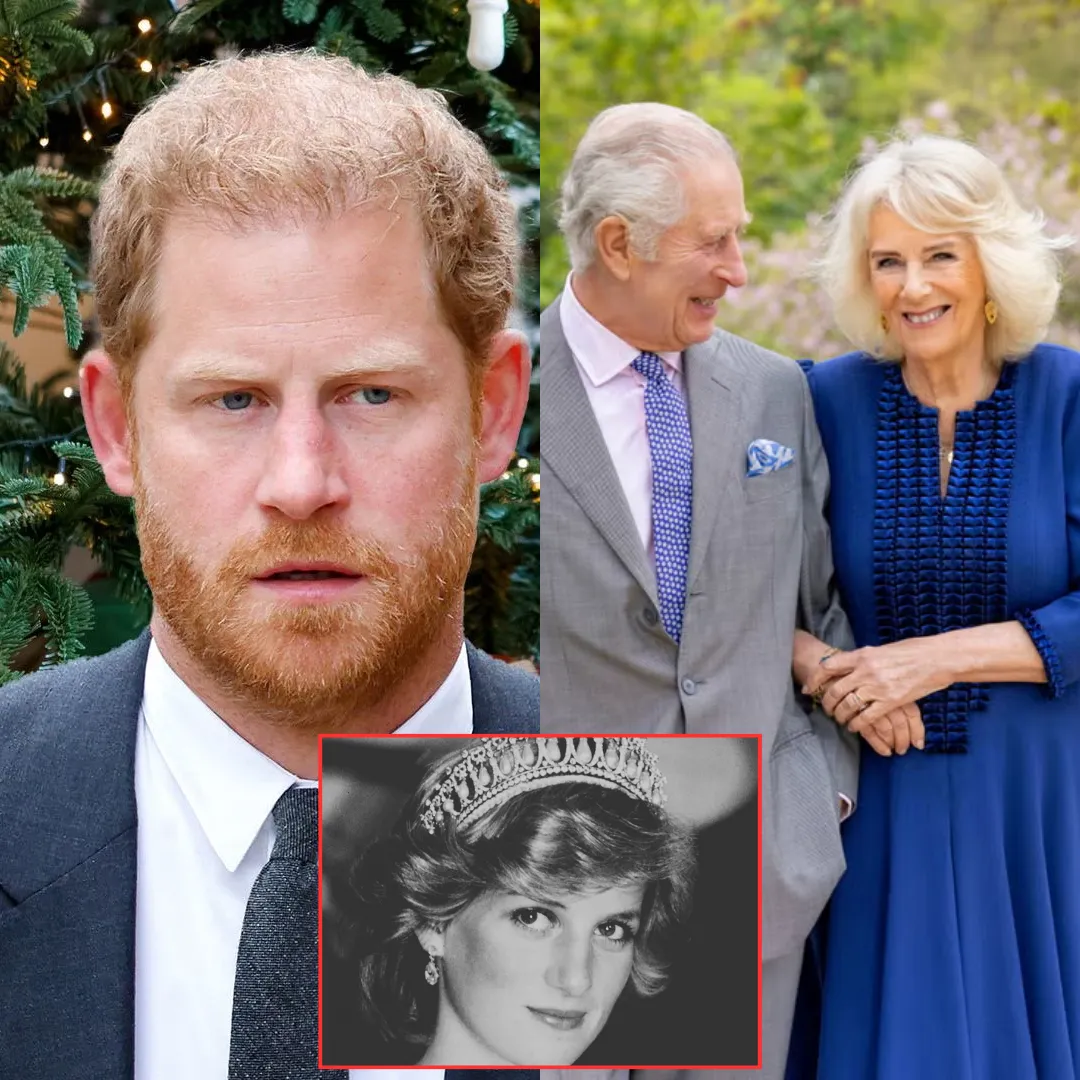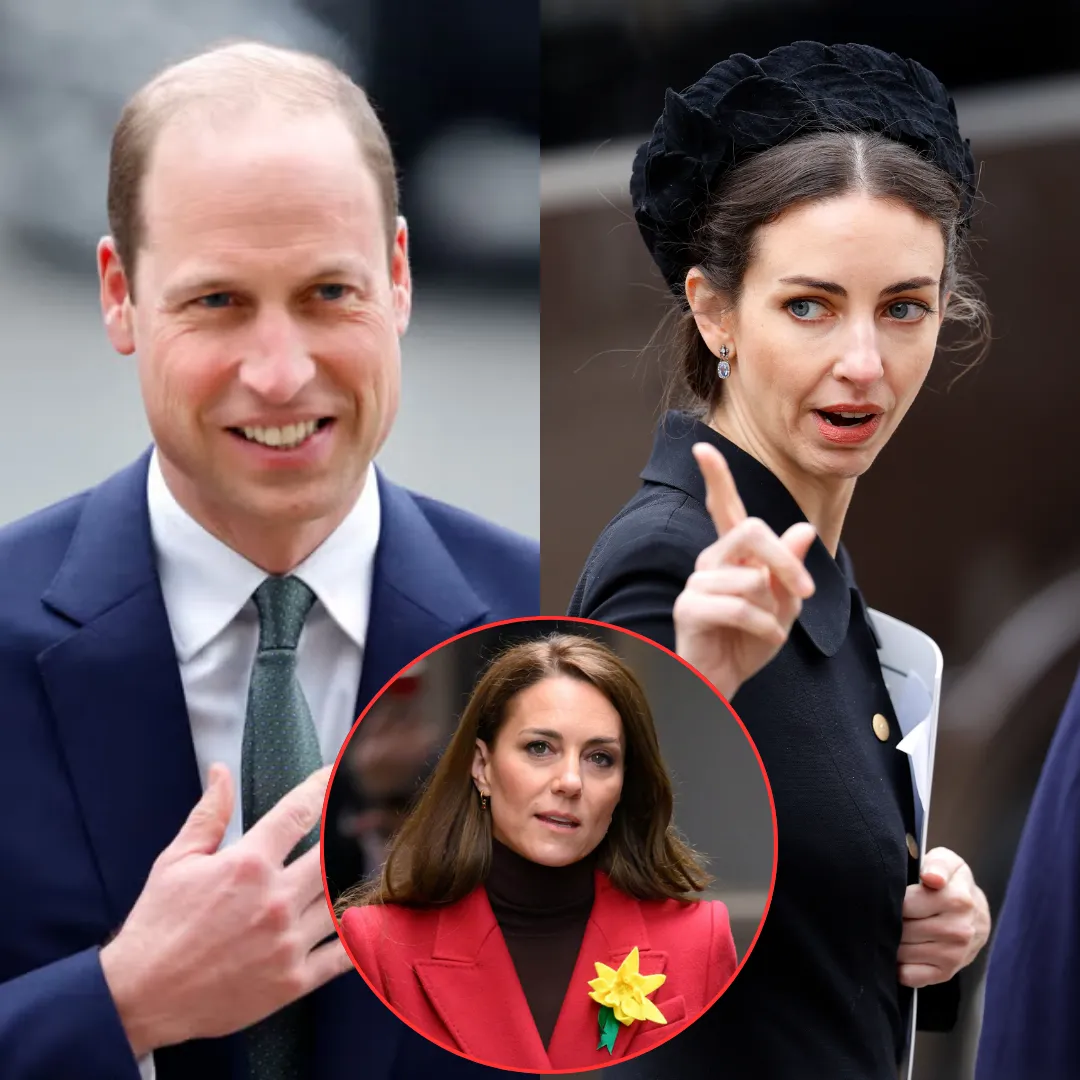
A long-awaited British police inquiry has concluded that Princess Diana’s tragic death in 1997 was not the result of a conspiracy but rather a fatal car accident. The ruling dispels persistent allegations that Diana and her companion, Dodi al-Fayed, were victims of a murder plot orchestrated by British intelligence or the royal family.
The inquiry, led by former police chief John Stevens, found no evidence to support claims that Diana was assassinated. "On the evidence available now, there was no conspiracy to murder any of the occupants of that car. This was a tragic accident," Stevens stated as he announced the findings.
For years, rumors have swirled that British authorities, including Prince Charles, had a role in orchestrating Diana’s death. Speculation grew from the belief that the royal family was uncomfortable with her relationship with Dodi, a Muslim man and the son of business tycoon Mohamed al-Fayed.
However, Stevens firmly dismissed these theories. "I'm satisfied that no attempt has been made to hold back information and we are confident that the allegations made are unfounded," he said.
The three-year-long British inquiry closely mirrored the results of an earlier French investigation, which concluded that Diana’s driver, Henri Paul, had been intoxicated at the time of the crash. Stevens confirmed that Paul’s blood alcohol level was twice the British legal limit and that he had been driving at an excessive speed through the Parisian tunnel.
The Mercedes-Benz limousine crashed into the 13th pillar of the underpass at speeds between 97 to 100 km/h (61 to 63 mph), well above the legal limit.
The findings also put to rest several long-standing rumors about Diana’s life at the time of her death. Stevens confirmed that Diana was not pregnant, nor was she engaged or preparing to be engaged to Dodi.
These rumors had been heavily circulated by Mohamed al-Fayed, who has long maintained that the couple was planning to marry.
Diana’s sons, Princes William and Harry, released a statement following the report, expressing their hope that the findings would bring an end to the speculation surrounding their mother’s death. "We trust these conclusive findings will end speculation surrounding the death of our mother," they said.
In a surprising revelation, Prince Charles was questioned as part of the investigation, undergoing several hours of interviews. Additionally, Prince Philip, the Duke of Edinburgh, was also a subject of inquiry.
However, Stevens stated that no evidence linked Prince Philip to MI6 or any secret operations against Diana, contrary to Mohamed al-Fayed’s claims.
Al-Fayed has long been vocal in his accusations, insisting that British intelligence was involved in an elaborate plan to kill Diana and his son. Unsatisfied with the conclusions, he dismissed the report as "garbage", claiming, "There is a plan and a plot against me." He has demanded a public inquiry, stating, "I will not rest until I expose the devastation the gangsters have perpetrated on me."
One lingering mystery surrounding the crash is the unidentified white Fiat Uno, which is believed to have glanced the Mercedes shortly before the crash. The driver of this vehicle was never found, and Stevens acknowledged that failing to assist someone in danger is a criminal offense in France, which may have discouraged potential witnesses from coming forward.
However, despite this element of the case remaining unresolved, Stevens emphasized that it does not change the core conclusion of the investigation: Diana’s death was not the result of foul play.
To ensure precision, investigators used computer modeling to create a 3D reconstruction of the crash scene, accurate to within one centimeter. This technology allowed them to verify key details, such as the speed of the car and the impact angle, reinforcing the conclusion that excessive speed and an intoxicated driver were the primary causes of the crash.
Further DNA testing confirmed that the blood samples used in the investigation belonged to Henri Paul, dismissing previous conspiracy theories suggesting that the samples had been switched to falsely indicate he was intoxicated.
Princess Diana’s death in 1997 shocked the world and led to an outpouring of grief, particularly in Britain. Known as the “People’s Princess”, she was one of the most beloved public figures of her time.
The royal family was heavily criticized in the aftermath of the tragedy for their lack of public response, with many feeling that Queen Elizabeth II and the monarchy were out of touch with the emotions of the nation.
With the official British inquiry now complete, many hope that this will put an end to the decades of speculation and conspiracy theories. However, given the enduring public fascination with Diana, it is likely that doubts and alternative theories will persist in some circles.
While Mohamed al-Fayed continues to challenge the official findings, the British government and law enforcement stand firm in their conclusion: Princess Diana’s death was a tragic accident, not a murder.

:max_bytes(150000):strip_icc():focal(979x584:981x586)/princess-diana-style-6f47bde63759424d9deb3ae9f9034227.jpg)




